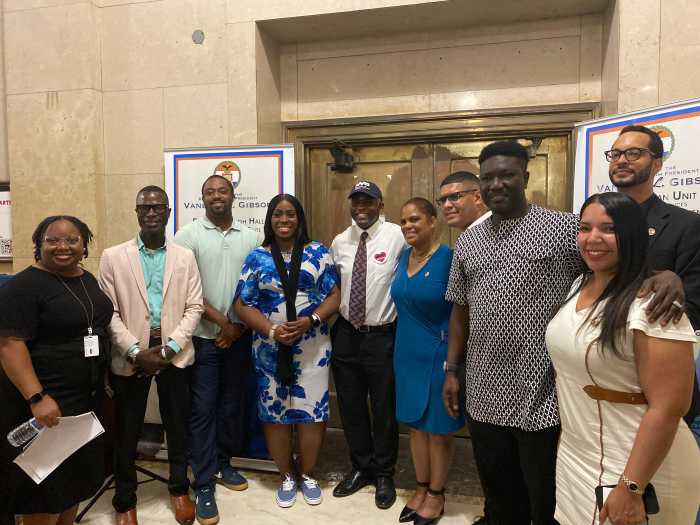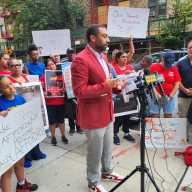New York is advancing proposals to cap portions of the Cross Bronx Expressway, hoping to reconnect communities separated by the road’s construction and correct historic harms wrought on Bronx communities by the Robert Moses-era highway.
The city and state Transportation Departments (NYC DOT and NYS DOT, respectively) released a draft study Wednesday that, for the first time, specifies particular areas of the east-to-west expressway that could be covered up, connecting split communities and improving mobility within the borough, while also looking at the limitations of capping for other portions of the road.
“There was a history of true disconnect between the government builders, the government funders, and the communities that they were building in,” said Meera Joshi, the deputy mayor for operations. “But tomorrow, which is what we’re here for, is about green space. Tomorrow is about covering up the highways.”
Extending parks in spots
The study, funded two years ago by a $2 million federal grant, finds it feasible to cap a bit less than half of the expressway’s length from the Harlem River in the west to the Bruckner Expressway in the east. The city only sees the ability to cap the expressway’s below-ground portions, situated in an open-cut trench, and specifically those trenches with at least 14.5 feet of vertical space and enough girth to fit structural columns without reducing the number of lanes or shoulder width.
DOT says its full set of proposals will come after another series of workshops but put forward some initial ones.
One cap would connect Crotona and Walter Gladwin parks across the highway along Arthur Avenue, adding about two acres of new green space to the area and mending two communities split apart by the highway, presently connected only by a narrow footbridge.
Another would add additional green space to the area surrounding Hugh J. Grant Circle, where the 6 train stops at Parkchester.

Still another proposal would greatly expand a foot crossing at East 174th Street with two football fields worth of green space and reconfigured highway ramps.
An additional cap would add a new street to the map between University Avenue and Macombs Road, potentially greatly reducing walking times for the 4 train on Jerome Avenue and the B and D trains on the Grand Concourse.
The Cross Bronx is perhaps the most infamous infrastructure project pursued by Robert Moses, the so-called “master builder” of the 20th century who built scores of highways, parks, and public housing projects but tended to run roughshod over the communities in the way.
Tens of thousands of people were displaced from their homes to construct the highway. Beyond the destruction the highway’s construction wrought through numerous neighborhoods, its after-effects continue to this day: officials contend its presence is one of the key factors in the Bronx’s disproportionately high rate of asthma.
“Asthma’s a condition that has been imposed on the people of the Bronx,” said U.S. Rep Ritchie Torres, whose district stretches from the South Bronx to Riverdale. “So reimagining the Cross Bronx is a historic occasion to fix what is broken, to right what is wrong, and to lift up a community that for too long has been left behind.”






















